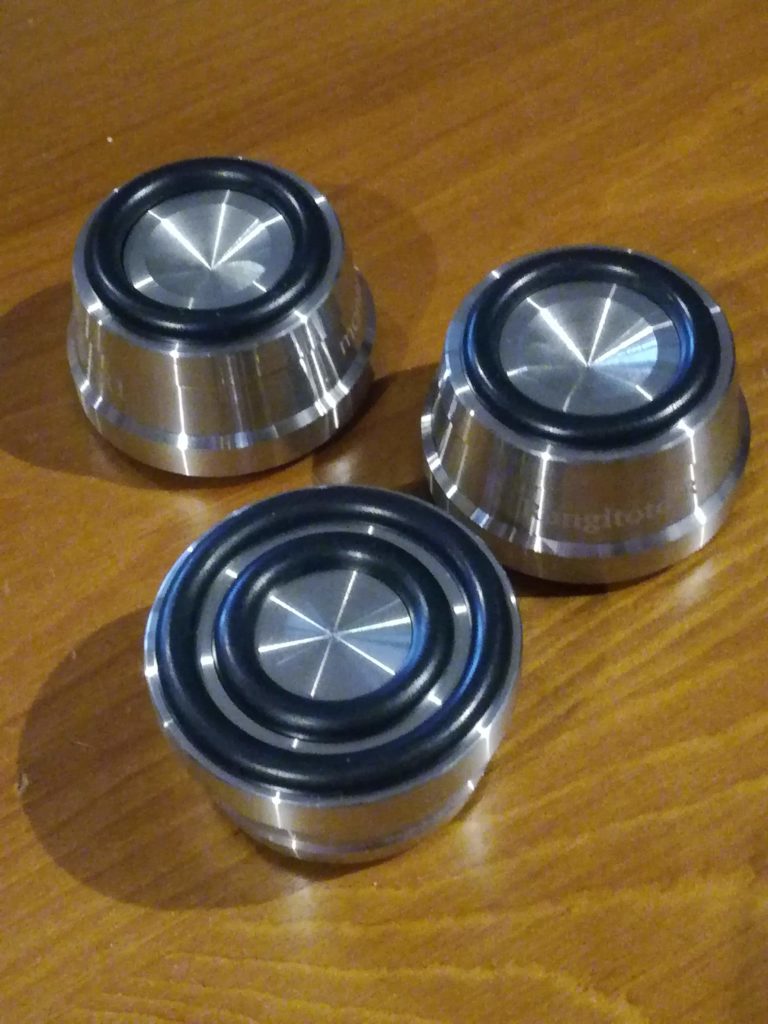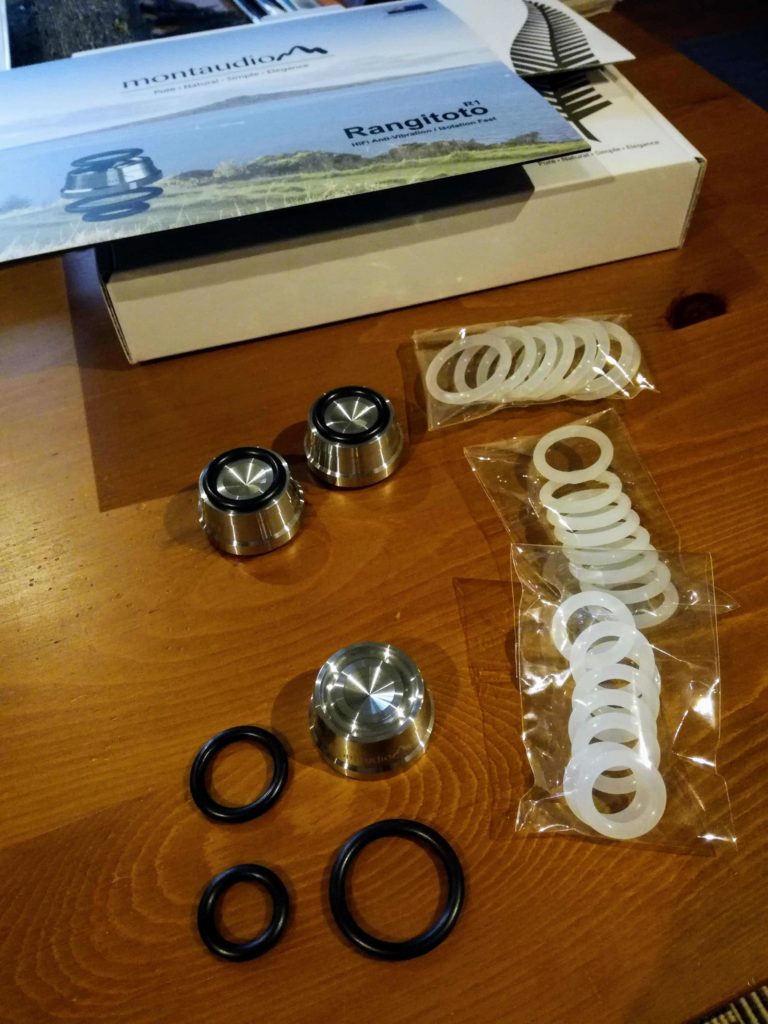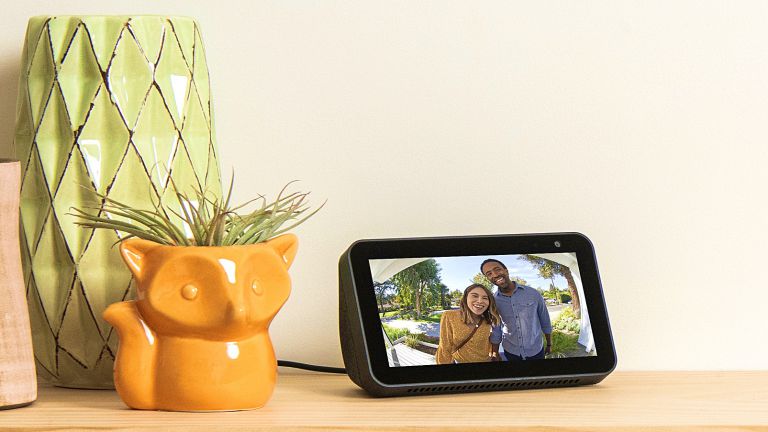Rangitoto R1 Hi-Fi Anti-Vibration Isolation Feet REVIEW
Summary
Rangitoto R1 Hi-Fi Anti-Vibration Isolation Feet REVIEW
$249/$399
Can isolation feet make a measurable difference to the sound coming out of your system? RICHARD VAREY reviews a local product that makes the grand claim.

Let’s kick-off this Rangitoto R1 hi-fi anti-vibration isolation feet review by referring to the Montaudio website. Which says this product is designed to, “enhance the presence of mid-range, and the accuracy of bass and soundstage, for an immersive listening experience.”
With an evocative name and the bright shiny conical shape, this sound enhancement accessory from local vendor Montaudio looked right for review.
They’re named after Rangitoto, the volcanic island in the Hauraki Gulf near Auckland that has a distinctive symmetrical shield volcano cone. At a height of 260 metres, it’s an iconic landmark of the so-called City of Sails. And it’s easy to appreciate the chosen association with this conical footer.
“Designed to enhance the presence of mid-range and the accuracy of bass and soundstage for an immersive listening experience”
Each is precision CNC constructed in high strength solid SAE/SUS304 stainless steel. With three anti-slip/anti-scratch, soft-engineered rubber “O” rings attached to support and to dampen vibration. They’re a solid 115g, each with a diameter of 36mm and height of 22mm.
The top of the Rangitoto R1 has a wide central indent which will accommodate a spiked damping foot or steel ball to further minimize unwanted vibrations and internal and external harmonic resonance.

Other than using them under speakers, the R1s are also commonly used to support audio equipment. Especially when stacking equipment with spikes, or when used with turntables. The soft-ringed underside helps to protect the equipment surface below.
This also minimises the transfer of unwanted vibration between equipment. Recommended load is up to 30kg per foot. Each is laser-etched subtly with the Montaudio name and logo. They are supplied in packs of 4 units or 8 units.
In addition to standard black o-rings, a soft (white colour) o-ring kit is also provided and recommended for lighter loads for better performance, and lighter coloured equipment and to avoid marking shelves or floors. The damping rings are easily replaced, allowing the user to customise and fine-tune. Montaudio have recently developed an even softer ring (grey colour), which is now in production and will be available as an optional extra.
“Overnight, they remained cold to the touch, which was quite reassuring”
I removed the feet from the box and fitted the black rubber rings. The steel cones were very cold and I left them a few hours thinking that they would warm somewhat after transit. Overnight, they remained cold to the touch, which was quite reassuring. They really are dense solid steel!
As I already have my speakers on rollerball dampers, I tried them as supports for my Pioneer PD-30 SACD player, then my Sachem V2 monoblock power amplifiers. First, one under each foot of the player, then in the tripod configuration I favour for improved stability.
My player sits on the wooden shelf of a metal-framed tower unit in the corner of my listening room, so is subjected to vibrations from sound waves, especially at the bass end. With no treatment, the sound quality from my system is acceptable, yet I just knew it could be cleaner and more realistic.

Now that I’ve used them in my system as part of my Rangitoto R1 hi-fi anti-vibration isolation feet review, a key question is … do I agree that they enhance the presence of mid-range, and the accuracy of bass and soundstage, for an immersive listening experience?
The designer did a frequency analysis that compared the difference when playing music with and without the feet, and the results were startling. The test pair of Bowers & Wilkins PM-1 Prestige Monitor loudspeakers showed detail and dynamics unveiled throughout the frequency range, with bass around 20-30 Hz particularly more prominent.
This has been confirmed in listening tests during development. And that’s what I hear, too. Especially in the tripod arrangement. This ‘cleanup’ makes sense, as vibration isolation controls unwanted vibrations and resonances that can cause audible distortions that adversely affect the performance of audio equipment.
Isolation improves clarity, dynamics, timbre, and soundstage by eliminating resonances and vibrations from within and from outside the component that compete with, mask, or interfere with the musical presentation.
“The test pair of Bowers & Wilkins PM-1 Prestige Monitor loudspeakers showed detail and dynamics unveiled throughout the frequency range”
Priced at $249 for a set of four, and $399 for a set of eight, the isolation feet are not cheap. But they are very easy to use, very stylish, and obviously effective in reducing vibrations that veil the music.
These feet are designed to enhance clarity across the frequency spectrum for a superior soundstage and listening experience and improved bass accuracy and sound definition. That’s what they did for my system’s performance.
These footers are designed by the team in New Zealand, established in 2013, and made in Taiwan. Montaudio has a network of dealers in Taiwan and Australia. Soundlab (Flat Bush, Auckland) are the New Zealand resellers.
Steeped in the imagery of the land of the long white cloud and spectacular landscapes, and inspired by “pure natural simple elegance”, Montaudio also produce a range of interconnects and headphone stands.
They’re planning to launch an amplifier with integrated DACs by the end of the year.
FREQUENCY ANALYSIS
- Speakers: Bowers & Wilkins PM-1 Prestige Monitor
- Amplifiers: Denon PMA1520AE
- DAC: DA&T U3
- Cable: Montaudio Chatham SH-1 Silver-Hybrid Speaker Cable
- Recording interface: Apogee Duet 2 Audio Interface for Professional Quality Recording
- Microphone: Behring ECM8000 Ultra-Linear Measurement Condenser Microphone
- Recording Computer: MacBook Pro 2.6 GHz Intel Core i5 8 GB 1600 MHz DDR3
- Song: (1) Boy by Ciaran McMeeken; (2) Liberty by Anette Askvik

















